Loading
Introduction
Choosing the right elevator is crucial as it directly impacts efficiency, convenience, and safety within buildings. With the right elevator, you can optimize traffic flow, reduce wait times, and enhance overall user experience. Moreover, selecting an elevator that aligns with energy efficiency goals can lead to cost savings and environmental benefits. Ultimately, the right elevator contributes to the seamless functioning of a building while prioritizing safety, sustainability, and user satisfaction. By considering these aspects, you can make an informed decision that balances efficiency, safety, and practicality
This is the guide that helps you consider every aspect before installing an elevator.
1. Assess requirements as per your building
1.1. Building type
Understanding the building type is crucial before choosing or buying an elevator because it ensures the selected elevator meets the specific demands of the structure. Different buildings, such as residential, commercial, or industrial, have unique requirements in terms of capacity, speed, and usage frequency.
1.1.1 Residential building
An elevator in a residential building enhances accessibility for all residents. An ideal elevator for a residential building should be safe, reliable, and convenient.
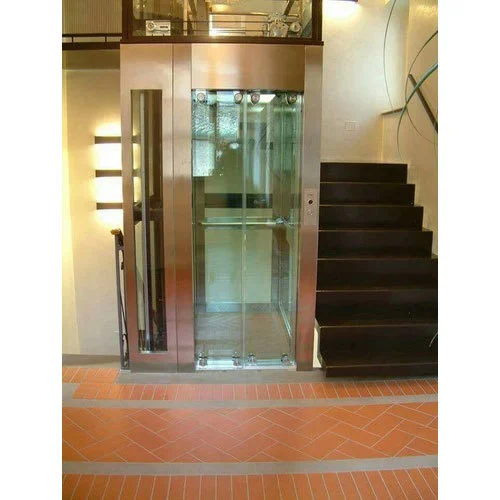
1.1.2. Commercial building
A high-speed, high-capacity elevator is necessary in offices, hotels and shopping centers to reduce heavy traffic and enhance accessibility and efficiency.
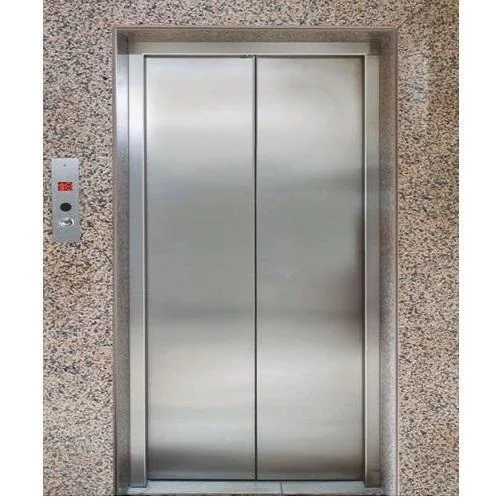
1.1.3. Industrial building
An elevator that efficiently transports heavy materials, equipment, and personnel between different floors to enhance operational productivity and safety.
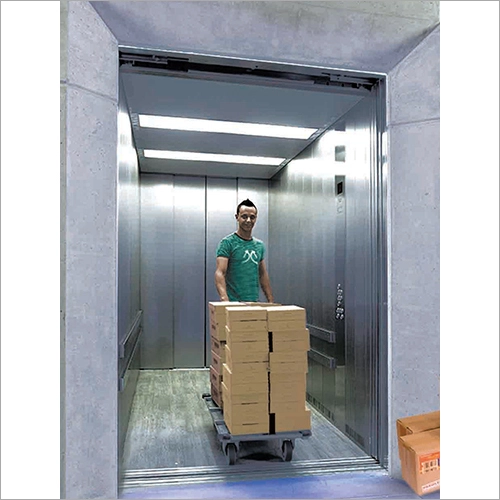
1.2 Frequency of traffic
By analysing the frequency and patterns of traffic within a building, designers and engineers can select and configure elevator systems that meet the specific needs of the building, ensuring efficiency, reliability, and user satisfaction.
1.3. Space availability
Evaluation of space available in the building for the purpose of elevator installation is crucial. Adequate space ensures proper installation of the elevator shaft, machinery, and necessary safety features. Limited space may require selecting compact or machine-room-less (MRL) elevators.
2. Different types of elevators
2.1. Hydraulic elevators

Hydraulic elevators are a type of elevator system that operates using a hydraulic piston to move the elevator car.
Commonly found in low-rise buildings as it requires a substantial amount of energy to raise the cab which limits the speed it travels at compared to traction elevators.
They are easy to install and maintain, making them a cost effective.
2.2. Traction elevators
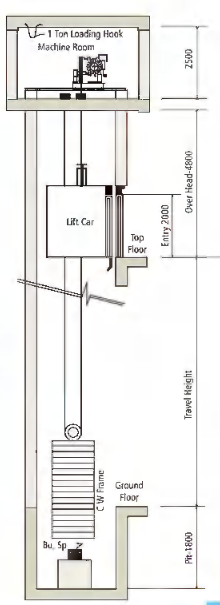
An elevator system commonly used in mid to high-rise buildings.
They operate using a system of steel ropes or belts attached to an elevator car and counterweight, which is pulled by an electric motor.
They offer faster travel speeds and are well-suited for buildings with heavy traffic and multiple floors. Unlike hydraulic elevators, they do not require a machine room.
2.3. Machine Room-Less (MRL) elevators
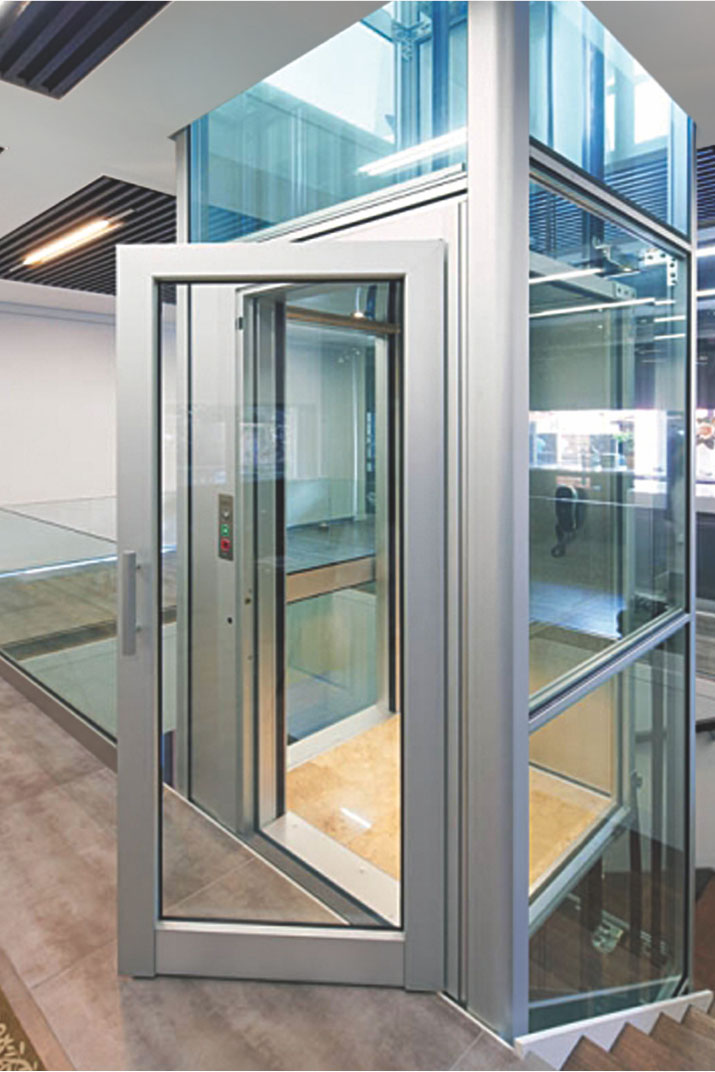
An elevator design that eliminates the need for a traditional machine room located above or below the elevator shaft. Instead, the elevator machinery, including the motor, drive system, and control equipment, is installed within the shaft itself or in a compact cabinet mounted on the side of the shaft. Theos MRL Elevator is acquainted with environmental protection ideas. It saves energy and decreases consumption.
3. Safety and security features
Before installing an elevator, evaluate buildings codes and regulations to ensure compliance with safety standards. Prioritize safety and security features such as emergency brakes, fire-rated materials, CCTV surveillance, and emergency communication devices. Regularly maintaining and inspecting the elevator system is necessary for occupants.
4. Energy efficiency
To limit energy usage while in operation, give priority to elevator systems that have LED lights, regenerative drives, and standby modes. Building an elevator with these energy-saving measures minimises its environmental effect and lowers operational expenses. Over 45% less electricity is used in the elevators provided by Theos MRL Elevators.
5. Budget considerations
To budget the installation of an elevator, take into consideration the initial cost of installation, operating expenses, potential future upgrades or replacements and long-term maintenance expenses. Consult with experts in elevator manufacturing and maintenance and repairs services to develop a realistic budget and make informed decisions throughout the installation process.
Summary
Choosing the right elevator is essential for efficiency, convenience, and safety in buildings. It optimizes traffic flow, reduces wait times, and enhances user experience while aligning with energy efficiency goals to save costs and benefit the environment. Assessing building type, traffic frequency, and space availability ensures the elevator meets specific needs. Understanding different elevator types—hydraulic, traction, and machine room-less (MRL)—helps in making an informed choice. Prioritizing safety and security features, such as compliance with regulations and advanced systems, is crucial. Energy efficiency and budgeting considerations are also key factors in selecting and maintaining an elevator system
Contact Us for the best elevator installation and maintenance services in Ahmedabad.
.png)
.png)
.png)
.png)
.png)
.png)
.png)
.png)
.png)
.png)
.png)
.png)
.png)